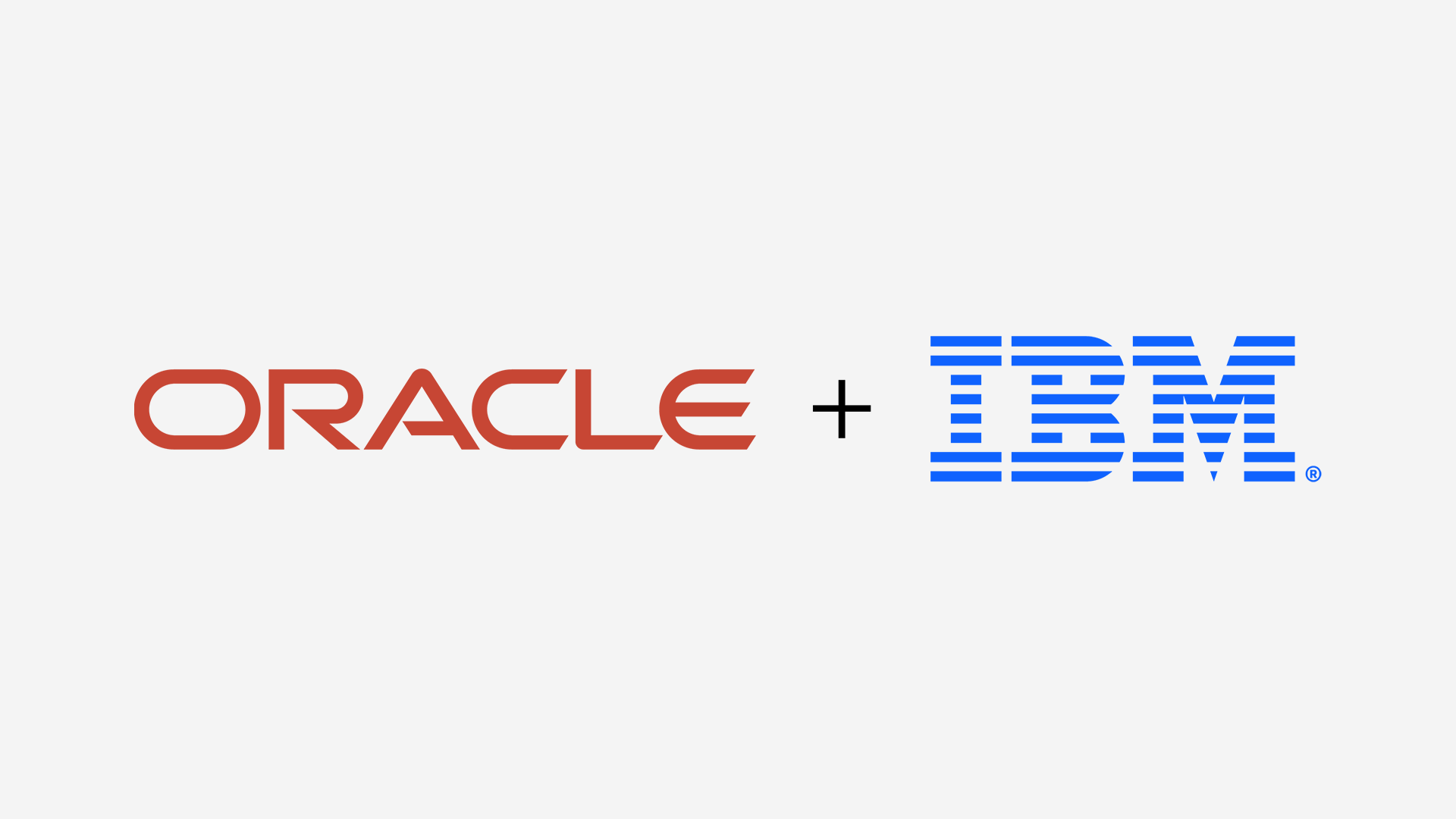LIVINGSTON, N.J. – October 16, 2025 – CoreWeave, Inc. (Nasdaq: CRWV), The Essential Cloud for AI, today announced CoreWeave AI Object Storage, an industry-leading fully managed object storage service built from the ground up specifically for AI workloads. Powered by CoreWeave’s Local Object Transport Accelerator (LOTA) technology, CoreWeave AI Object Storage makes a single dataset instantly accessible, anywhere in the world, without any egress charges or request/transaction fees restricting how or where it’s used.
AI performance hinges on data mobility – timing and access to the right data can make or break innovation. High-performance AI training relies on large datasets located near GPU compute clusters. Conventional cloud storage is not engineered for that level of throughput or flexibility, leaving developers constrained by latency, complexity, and cost.
“As the essential cloud for AI, every decision at every layer is focused on optimizing for efficiency and performance,” said Peter Salanki, Co-Founder and Chief Technology Officer at CoreWeave. “Now, we are rethinking storage from the ground up. We’ve built a system where data is no longer confined by geography or cloud boundaries, giving developers the freedom to innovate without friction or hidden costs. This is a truly game-changing shift in how AI workloads operate.”
Unlike traditional object storage, which is constrained to one portion of your IT infrastructure, CoreWeave AI Object Storage performance scales as AI workloads grow and maintains superior throughput across distributed GPU nodes from any region, on any cloud, or on-premises. Private interconnects, direct cloud peering, and 400 GBps-capable ports ensure the data integrity of trillions of objects for workloads across the globe. This multi-cloud networking backbone ensures developers everywhere get the same high-throughput GPU performance without dealing with data sprawl or resource-heavy data replication.
CoreWeave is also introducing three automatic, usage-based pricing tiers that provide more than 75 percent lower storage costs for our existing customers’ typical AI workloads. With no egress, request, or tiering fees, the new model gives customers greater flexibility and visibility, aligning costs directly with usage while constantly maintaining CoreWeave’s unmatched performance and simplicity. This makes CoreWeave AI Object Storage one of the most cost-efficient, developer-friendly storage options in the industry.
“At Replicate, our mission is to make it simple for developers to run and share machine learning models at scale. That requires storage that is both fast and flexible across environments,” said Morgan Fainberg, Principal Engineer at Replicate. “With CoreWeave’s cross-cloud capabilities in CoreWeave AI Object Storage, we can rely on a single dataset to support models no matter where they’re deployed. This eliminates replication overhead, removes egress costs, and ensures our users always have high-performance access to the data they need to innovate.”
Today’s announcement marks the latest step in CoreWeave’s ongoing expansion of its software ecosystem. Last week, CoreWeave announced ServerlessRL, the first publicly available, fully managed reinforcement learning capability. CoreWeave fosters a diverse and open AI ecosystem, with its technology team consistently setting new standards for performance, demonstrated by the company’s industry-leading MLPerf benchmark for AI workloads and Platinum rating in the SemiAnalysis ClusterMAX™ system.
CoreWeave is committed to redefining what it means to power AI. The company’s cloud platform unites the essential tools from high-performance computing to the critical software layer builders rely on to develop, test, and deploy AI at scale. CoreWeave continues to expand its capabilities through organic innovation, by supporting founders with capital and compute through CoreWeave Ventures, and with strategic acquisitions including OpenPipe, advancing reinforcement learning; Weights & Biases, powering model iteration, experiment tracking, and inference; and the pending acquisition of Monolith AI, which applies machine learning to complex physics and engineering challenges.
Additional Supporting Quotes:
“With cross-region and cross-cloud acceleration, CoreWeave is delivering what developers need most: consistent, high-throughput access to a single dataset without replication,” said Holger Mueller, Vice President and Principal Analyst at Constellation Research. “Leveraging technologies like LOTA caching and InfiniBand networking, CoreWeave AI Object Storage ensures GPUs remain efficiently utilized across distributed environments, a critical capability for scaling next-generation AI workloads.”
“While benchmarking LMCache with Cohere to store large volumes of KV-cache across a distributed cluster, we were truly impressed by the performance of LOTA, the technology behind CoreWeave AI Object Storage. Its speed and scalability are key to minimizing time-to-first-token (TTFT) and maximizing LLM throughput—regardless of context size,” said Juchen Jiang, CEO, Tensormesh









